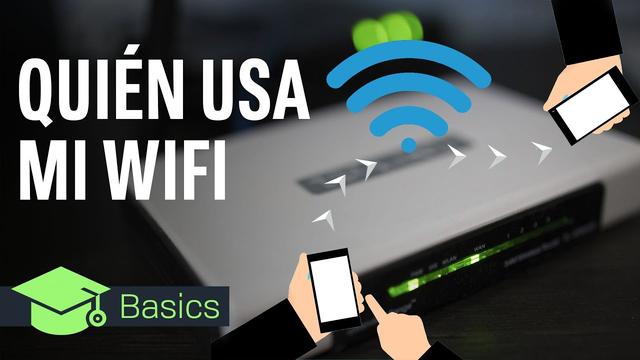How to know if my wi-fi is being stolen and how to avoid it
Having your wi-fi stolen is relatively easy if you don't take precautions, and one of the side effects of this is that your connection will slow down if your neighbor decides to take advantage of the borrowed connection to download without stopping. If you suspect that your neighbor is stealing your wi-fi, we will tell you how you can check if this is the case, as well as a series of precautionary measures that you can take to ensure that this does not happen in the future.
Traditionally, the way to discover that a neighbor was stealing your Internet connection was to notice that it was too slow. With the increase in broadband, this indication is less relevant because, unless your neighbor likes to download things without stopping, he could be making “normal” use of your connection without you noticing it too much.
Ways to spot fake emails and avoid falling for phishing
China protects the authors of the cyber attack on Microsoft, according to the accusation of the United States and the European Union
This is how Pegasus works, the Israeli spyware that steals the information from your cell phone
There is an easy way to see who is connected to your wi-fi, which will help you to highlight if there is a device that does not belong to you, but to the neighbor. You can obtain this information in the control panel of your router, although it will be more entertaining if you use specialized applications to show the devices on the same network.

On a PC, you have plenty of alternatives like NirSoft's Wireless Network Watcher for Windows or LanScan on Mac. The way all these applications work is similar: they scan all local IPs in the same range as your PC and display information about each device. The advantage of Wireless Network Watcher is that it does some of the hard work for you, showing you which of these devices is your router and which is your PC.
Advertising
If you prefer to do your search for intruders with your cell phone, one of the best applications that you can use in this regard is Fing, which is available for both Android and iOS. Fing is an even better option because instead of facing you with a list of MAC addresses and manufacturer names, Fing shows you in many cases exactly which device it is.
The most important thing is that you review the list carefully and pay attention to the details, keeping in mind that device names are sometimes not 100% accurate. In case of doubt, you can always check all your Internet connected devices and disconnect or turn them off one by one, to see which ones disappear from the list.
If you have all your devices connected to your wi-fi under control in the list, including mobile phones, computers, smart speakers, vacuum cleaners and others, and there is one that does not fit you, it is, for example, an iPhone and you do not have any , then you may have an intruder on your Internet connection.
The tricks so that they do not steal your wi-fi
Rename the connection
One way Wi-Fi thieves use to access the network is to use apps to get the password for a connection. It is not magic, but it takes advantage of the default configuration of some routers, whose combinations of Wi-Fi network name and corresponding password are predictable.
The solution is simple: change the name of the Wi-Fi connection, which is usually one of the easiest sections to configure on the router. If you're still using the default name for your Wi-Fi connection, it's highly recommended that you change it to anything else imaginable.
Change security and password
Another way someone can steal your password is by guessing your password, which really isn't that hard if you use a generic password like 1234567890 or one that's easily identifiable to you, like your phone number, pet's name, name of your establishment or any other easily deducible data.
The solution in this case is obvious: change the wi-fi password, in addition to taking the opportunity to make sure that you are using WPA security and not the old-fashioned WEP, whose security has long been compromised and, therefore, can be revealed. easily. (F)
